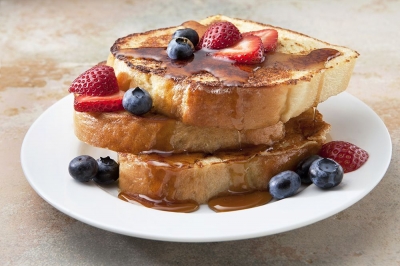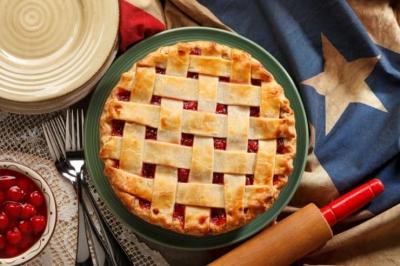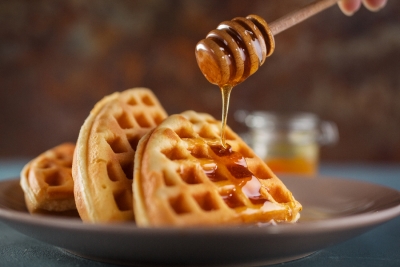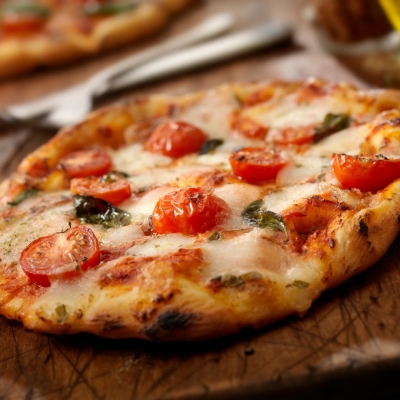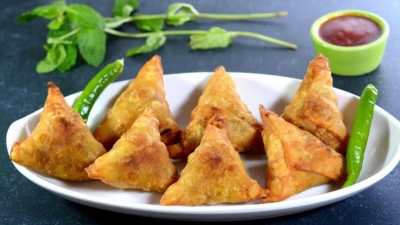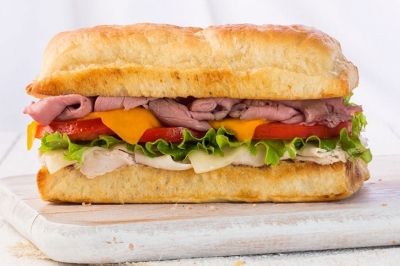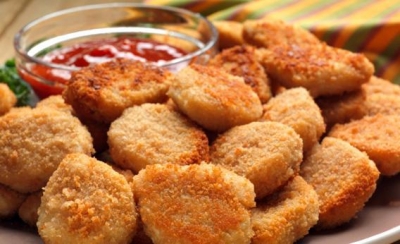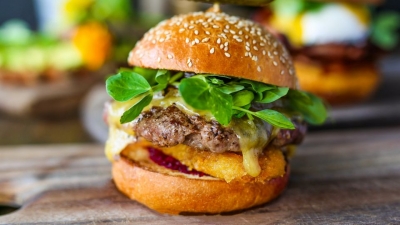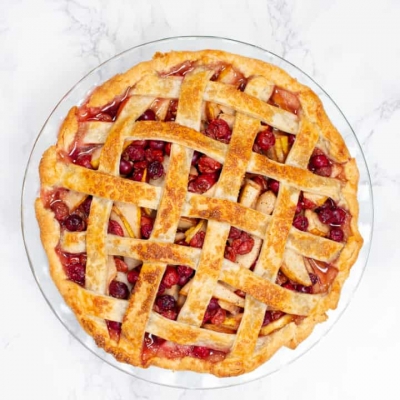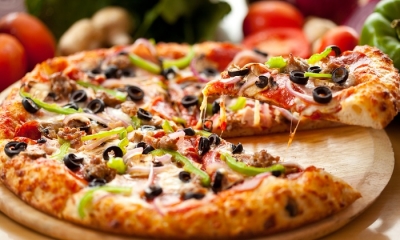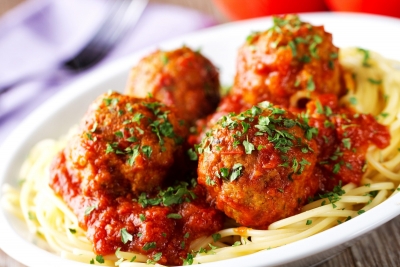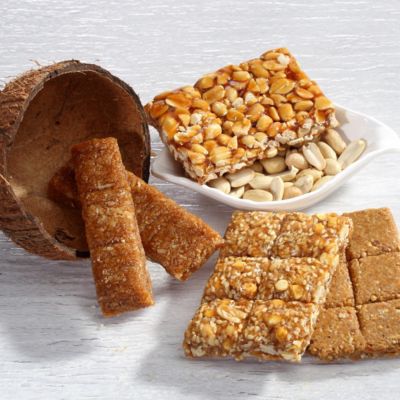Which are the different popular dishes that are made during different festivals in India?
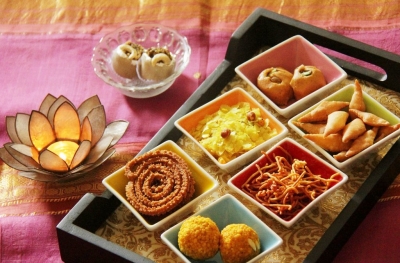
Sundal
This is a savoury dish which can be made out of chickpea, kidney beans or moong dal. This spicy and healthy dish is usually prepared by Indian households during the festival of Dussera or Navratri. However, since it is a healthy snack, one can make it at any time.
Payasam/Kheer
This is a standard and easy-to-make sweet you can find at almost every household on special occasions. This sweet is made with milk rice, semolina, lotus seeds or lentils.
Almost every full meal in south India begins and ends with a payasam.
Biryani
This dish needs no introduction. A mix of flavours and masala mixed with rice and vegetables or meat, biryani activates your taste buds and leaves you wanting for more. Biryani is famous all over India, especially during Ramazan. People crave for ‘iftar biryani’ made with meat of different kinds, often thronging their friend’s place to devour it. Today, there are even vegetarian versions of the same.
Ladoo
This sweet needs no introduction. Ladoo is a favourite with children and adults alike. This can be made with besan/gramflour or semolina. Almost every sweet shop in India has ladoos. It is also made in several households, especially during festivals such as Diwali and Ganesh Chaturthi.
Gulab Jamun
Like ladoo, this sweet also needs no introduction. Thanks to the availability of several instant mixes, gulab jamuns can be made by anyone. However, there are many households that make this sweet from scratch using khoya. This deep-fried sweet dunked in sugar syrup is an irresistible delight.
Plum Cake
There is no Christmas without plum cake. Every year many of us wait eagerly for Christmas to indulge in this sweet delight. They are available at almost all bakeries, but there’s nothing like home-made plum cake to ring in the festivities.
Haleem
Haleem is available almost always, but is most popular during the holy month of Ramzan. Several stores across cities offer haleem, a stew made out of wheat or bareley and meat.
People also make vegetarian versions of Haleem.
Sadhya
Sadhya means ‘banquet’ in Malayalam. Originating in Kerala, sadhya is popular all over India. It is prepared mainly during Onam and other important festivals. Typically vegetarian, a sadhya is served on a banana leaf and contains nearly 24 to 28 dishes.
Gujia/Karanji
Sometimes called chandrakala because of its crescent moon shape, this sweet is made during Holi in the northern parts of India. It is made with maida (refined flour) or suji (semolina), stuffed with khoya, and then deep fried.
Kozhukattai/Steamed Dumpling
Known in the south as Kozhukattai and in the north as Modak, this is a steamed sweet made of rice flour, grated coconut and jaggery. Modaks are sometimes deep-fried as well. This sweet is considered the favourite of Ganesha and is hence made specially during Ganesh Chaturthi.
Picture Credit : Google
